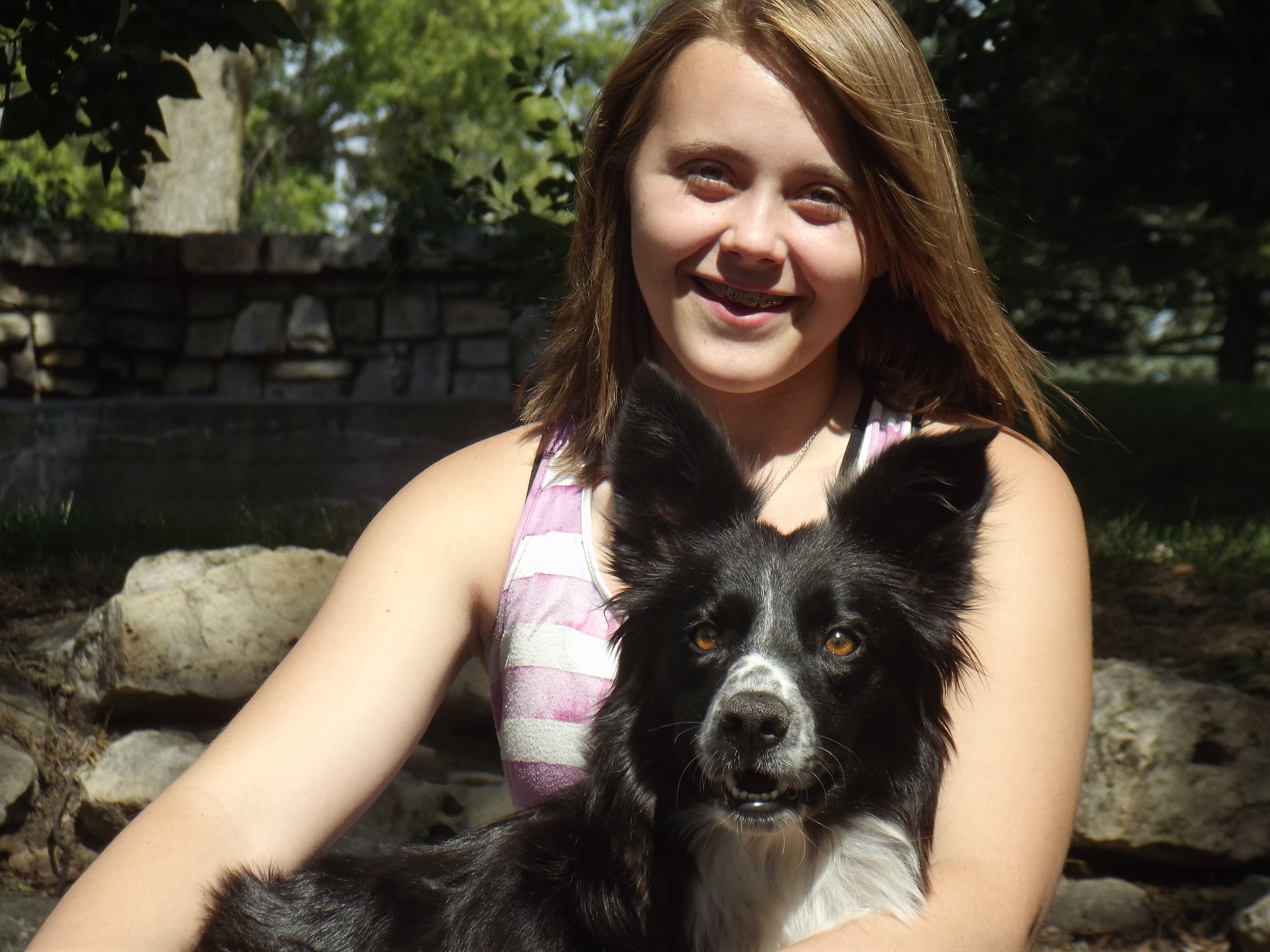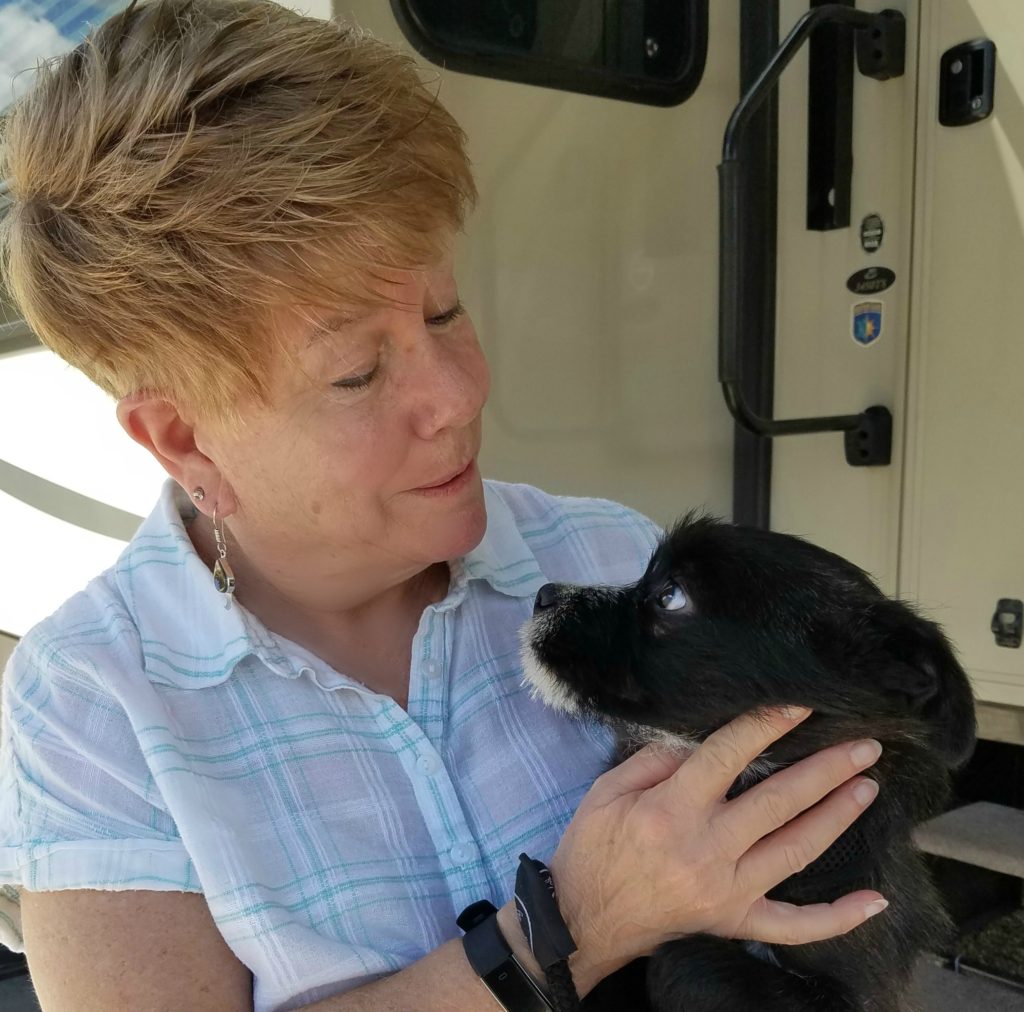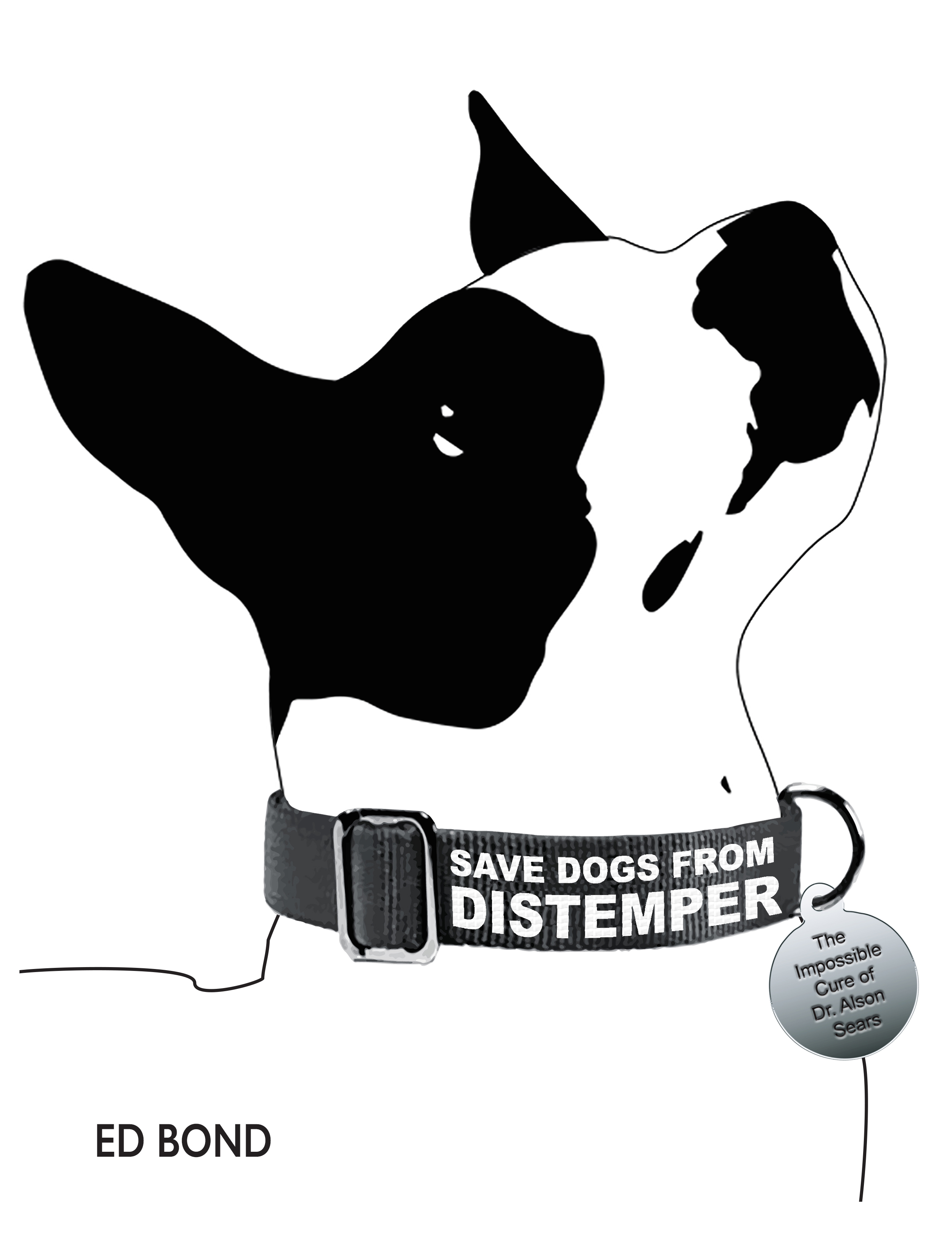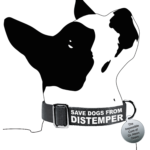The goal of Project Carré had been to see the NDV treatments published in a veterinary journal. The idea began in May 2011 as a response to the criticism that we needed to document “good records of both the positive and negative outcomes” of the NDV treatments. We had previously attempted to gather this information from participating vets, but with little luck because veterinary clinics are often not geared to keep records for that purpose. Asking vet clinics to look up records after a dog had been treated with NDV didn’t work. By the time we reached them, they moved on to hundreds of other cases and had not kept track of the NDV cases. We collected broad numbers, without consistent diagnosis and the occasional short summaries.
What we needed was to work with a veterinary clinic ahead of time, get them ready with the NDV serum before treatments and help them document and collect the information on the cases. That opportunity happened at Mountain View Veterinary Clinic in Woodlawn, Virginia, which found itself in the midst of a distemper outbreak in October 2011.
The clinic staff contacted Kind Hearts In Action and reported treating as many as 45 puppies with canine distemper. Later, I collected the case files on 32 of these case files in which the NDV as IV treatment had been used. All but five of those puppies survived.
In December 2011, Mountain View agreed to make the NDV-induced serum as part of Project Carré to document the treatment of distemper dogs and their outcomes. I was able to visit the clinic twice in 2012 and collected the records on 6 cases in which dogs diagnosed with distemper via lab tests were treated with NDV serum. Four dogs lived and two died.
I would have continued to document more cases but ultimately I ended the project for two reasons:
• I’m a journalist, not scientist. I know how to collect stories, but I don’t have the skill set for science. After consulting with a professional medical writer, I learned that the records I had gathered were not detailed and consistent enough to stand up to the scrutiny of a veterinary journal.
• Two university professors began their own studies into the NDV treatments. Professor Ken Harkin at Kansas State ran a study of the NDV spinal tap after a dog in the neurologic stage of distemper recovered after that treatment. A professor at another Midwestern university also ran a small study of the NDV-serum on dogs in the pre-neurologic stage of distemper. From what I had heard, those results were also promising.
It appeared my efforts to document the treatments were redundant and less likely to be successful. So I decided to shelve Project Carré and wait for the outcome of the university studies. Instead, Kind Hearts In Action helped refer cases of neurologic distemper to Kansas State and occasionally helped with travel costs and veterinary expenses when possible.
The Kansas State study ran from 2014 to 2016. After some promising results in early cases, Dr. Ken Harkin ultimately concluded that the NDV spinal tap — injecting Newcastle’s Disease Vaccine directly into the spinal canal — did not help in the recovery of distemper dogs. But he also believe we give up on these dogs too early. The disease can and does go into remission on its own, he said, so dogs can survive neurologic distemper with enough nursing care.
The professor who studied the NDV serum never published the results of his study and we had never been told why.
More details of this story are in the book: “Save Dogs From Distemper: The Impossible Cure of Dr. Alson Sears,” which will be available through Amazon Print On Demand and Kindle Direct Publishing soon. We maintain the hope that these treatments will be submitted to scientific studies and we predict that if the NDV serum could be tested on dogs in the pre-neurologic stage of distemper they would show faster recoveries, few cases reaching neurologic stage and fewer deaths than the traditional supportive therapies.
The records as collected from Mountain View Veterinary Clinic are included in the book and I am also posting them here: MountainViewDistemperRecords.
So today, my message to anyone who loves dogs:
• Not every dog can be saved from distemper, but more dogs are saved when their owners and vets are willing to give them a chance.
• If your dog has not reached the neurologic stage, I believe the NDV serum is the best chance at returning your distemper dog to health. I say that as a non-scientist, non-vet, but also as someone who has worked on this issue for more than 10 years. The value of the NDV serum has not been proven through a scientific study, but I believe it could be with enough distemper dogs, resources, participating vets and support from a foundation and/or university.
• If your dog is the neurologic stage, you don’t have to give up on them. Some vets will still use the NDV spinal tap, but there are other treatments even if you don’t want to go that route. So long as you can keep a dog eating there is usually hope. Dogs that can’t or won’t eat often don’t make it, but there are ways to help a dog eat. Dogs in persistent seizures, complete paralysis or in pain may be considered for euthanasia. As I write in the book: “I will never quarrel with an owner who chooses to spare their dog further pain. Sometimes the disease does strike too quickly and with devastating power. Euthanasia is a blessing in those cases. However, in many occasions, we are dangerously ignoring to our need to learn.”
• A shelter with an outbreak of distemper does not have to “depopulate” to prevent the disease. There are techniques to identify infectious cases, prevent the spread of the virus and treat sick dogs without endangering healthy ones. For more information, check the research by the Maddie’s Shelter Medicine Program at the University of Florida.
In September 2018, Dr. Harkin sent me replies to some questions I had, which are being published in the book. Here are some excerpts:
Q: If the NDV spinal tap is not beneficial to dogs in neurologic distemper, is the conclusion that these dogs would have recovered on their own?
A: No, I do not believe the NDV spinal tap is beneficial and I do believe that the dogs that recovered would have recovered on their own. I had a few clients that wanted to come for the study that I convinced to not have the treatment done. Two of those dogs went on to recover completely with nothing other than good supportive care at home. I know that clients report “improvement” in the symptoms after the treatment, but when they returned here for their recheck I did not appreciate significant improvement in any of them. Maybe there was fractional improvement, but nothing I wouldn’t have expected with time. I do suspect that the NDV vaccine when given intrathecally does cause a transient inflammatory response in the central nervous system (spinal cord, specifically). I think that was manifested in several dogs with significant discomfort/pain that prompted the use of codeine or other analgesic therapy. It is my belief that this inflammation blunts the repetitive firing of the nerves responsible for the chorea (distemper myoclonus). I think that’s why clients see an improvement but I don’t. …
Q: Nilla had been scheduled to be euthanized two days after Clark Audiss first contacted me. The vet would have euthanized on that Monday. Instead, she got the spinal tap on Tuesday, and her vision began to return on Thursday. If Nilla was simply going to have a spontaneous recovery on her own, do you think it possible we are giving up on these dogs too early?
A: I had three dogs that did not have myoclonus: Nilla, Coal, and one other dog. Nilla was the most severely affected. Both dogs recovered completely. Is it possible that the NDV works in a small subset of dogs? I suppose that’s possible, but I doubt it. I think both dogs would have recovered without any therapy. They showed evidence of demyelination and it’s likely that remyelination was happening but that’s a process that just takes time. Early on every dog I saw had a very inflammatory CSF (cerebrospinal fluid), but then post-NDV it would be normal, so I thought the NDV was inducing remission. But, then I had a bunch of dogs that presented with CDV-encephalitis that had completely boring CSF samples, just like the dogs that were post-treatment. It’s just that none of those dogs had been treated. I think the disease can and does go in remission. Interesting, Nilla developed myoclonus long after she left here and recovered. She didn’t have it originally. That myoclonus also eventually subsided. I think we are giving up on some of these dogs way too soon. I have also worked with a shelter in Denver that has saved a number of these dogs with nothing other than good nursing care.
Copyright © 2020 Kind Hearts In Action Corporation. All Rights Reserved.








